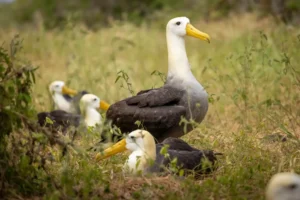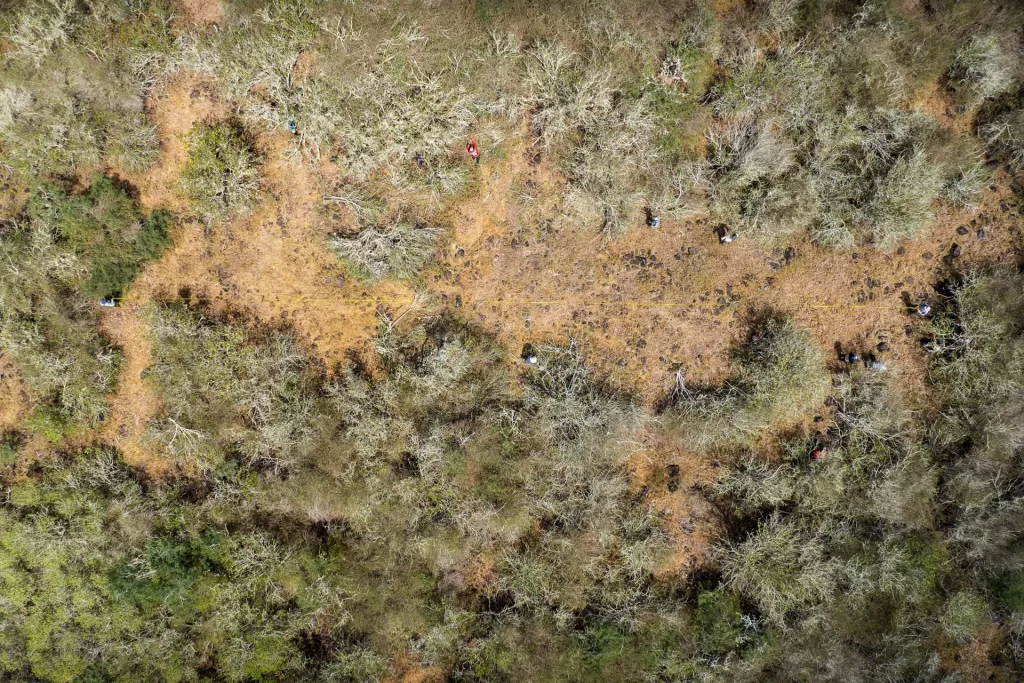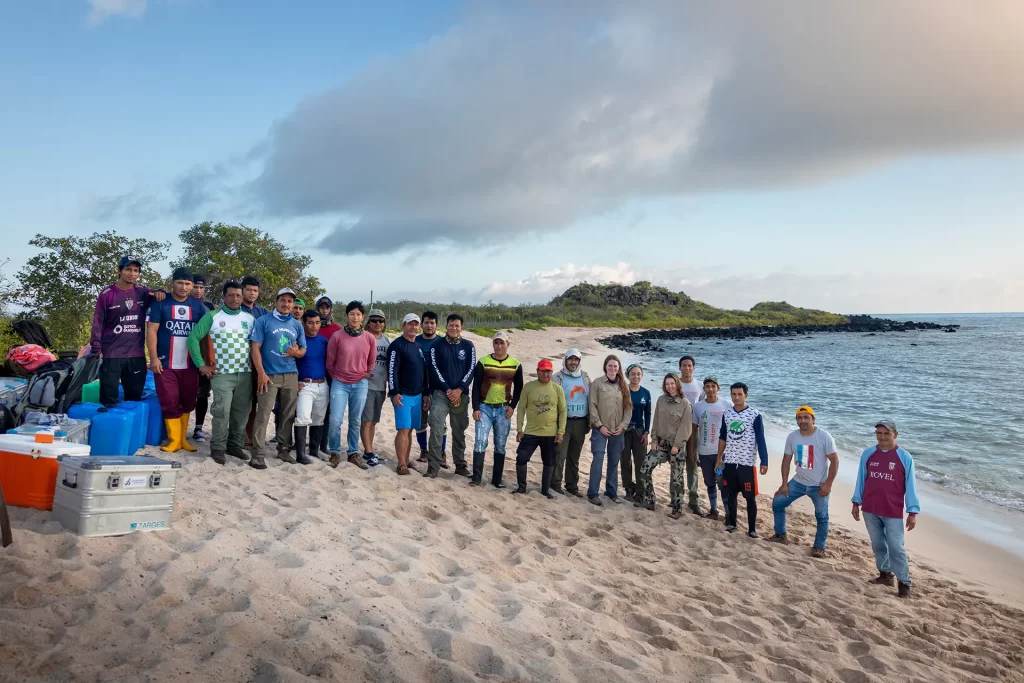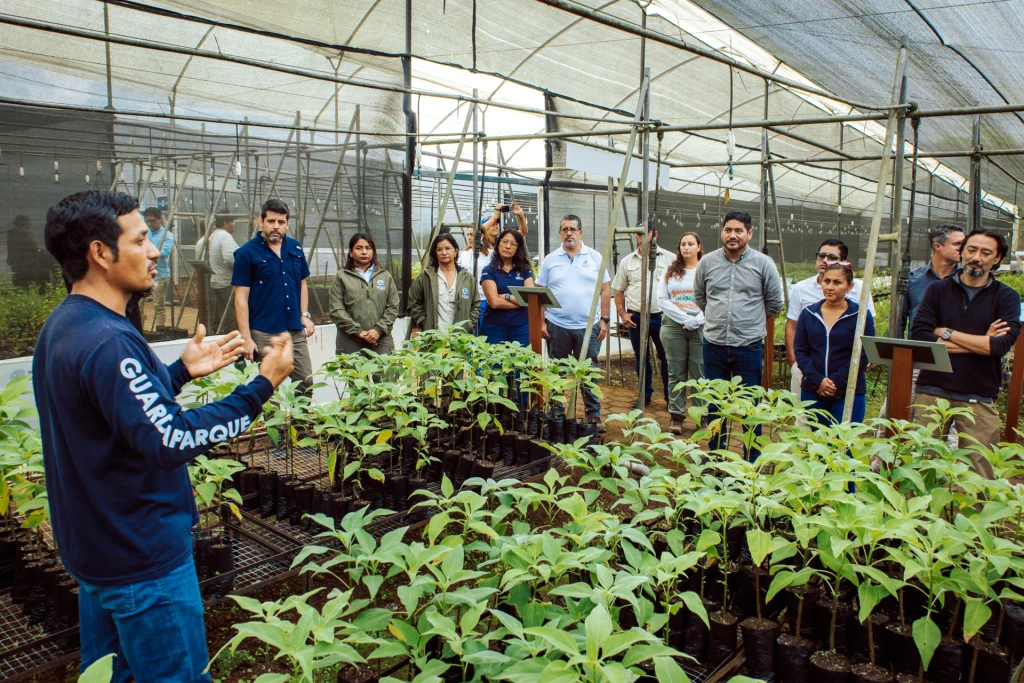The recent field mission in the stunning Espanola island, located in the southeast sector of the Galapagos Archipelago, brought together a team consisting of 27 Galapagos Park Directorate Rangers and Conservation Officers from Galapagos Conservancy who were working to improve nesting habitats for the waved Albatross. This majestic seabird is unique to the Galapagos and nests only on Espanola Island. Thousands of tourists flock to this island every year to see the mating rituals.
Focus and development of the Expedition
The recent expedition was an important step in our efforts to protect waved albatross. We work closely with the Galapagos National Park Directorate to implement conservation measures aimed at restoring ecosystems on the island and allowing its unique biodiversity to flourish once again.

The mission was aimed at clearing “runways” for these birds to take off and land. The vegetation on the island, which has grown overgrown over the past few decades, is a barrier for these birds with 6 foot-long wingspan to reach their nesting area on the Island. The team worked under the scorching sun for ten days before the albatross arrived to nest on this beautiful, yet arid island. They cleared forty-nine runways measuring 33 feet by 164 foot, removing obstacles that could threaten the safety and flight of the birds. It was not an easy expedition. The daily hikes were up to 7.5 mile over rocky terrain, and the work of removing shrubs from nesting areas was demanding. The majority of trees that were removed were “muyuyo”, or Cordia lata, a species native to Ecuador and Polynesia. It has been invading the island ever since the collapsed population of the endemic giant turtle, which used to maintain open areas where albatross could nest.
Impact and Future Plans

Our conservation director Dr. Carrion says, “It’s essential to protect the integrity of albatrosses at their only nesting site in the entire world.” Jorge Carrion has seen first-hand the positive effects of these conservation efforts on the albatross populations.
Our focus will remain on the strategic conservation actions of Galapagos Albatrosses. We plan to return to Espanola Island later this year, to maintain the runways for these iconic birds and to monitor the status of the tortoises who were returned in the previous months.
Commitment to conservation
Our conservation expeditions demonstrate our commitment to protecting the unique biodiversity of Galapagos. We will work tirelessly to ensure the future of the waved albatross, as well as all the other natural wonders which make the Galapagos Islands so special.


